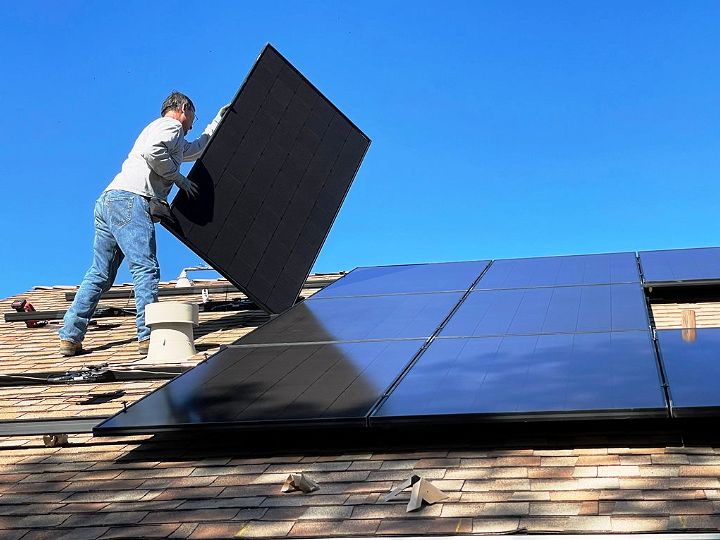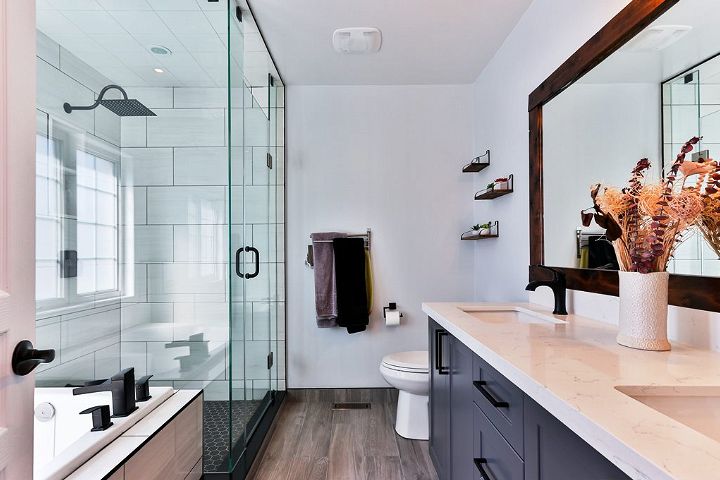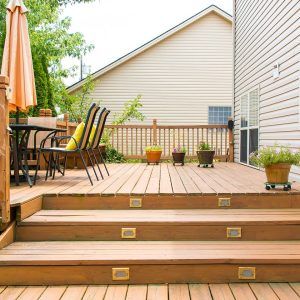When remodeling your home, there are a lot of things to consider. But one thing that is often overlooked is sustainability. Adding sustainable features to your home can not only make it more environmentally friendly, but also save you money in the long run! In this blog post, we will discuss seven sustainable additions that are worth considering when remodeling your home. Let’s get started!

1. Add solar panels to your roof for renewable energy
To help offset your reliance on fossil fuels, consider installing solar panels on your roof. Solar panels are a great way to generate renewable energy and can save you money on your energy bills in the long run.
If you live in an area with a lot of sunshine, solar panels can be a great way to generate power for your home. There are a few things to consider before installing solar panels, such as the cost of installation and the amount of sun your home receives. But if you’re interested in using renewable energy, solar panels are a great option.
2. Add eco-friendly utilities
As sustainability becomes more and more important, adding eco-friendly utilities is a great way to make your home more sustainable. Some examples of eco-friendly utilities are bidets, solar panels, and greywater systems. When it comes to bidets, consider a bidet converter kit that can be added to your existing toilet. Solar panels are a great way to generate renewable energy and can save you money on your energy bill in the long run. Greywater systems recycle greywater from sinks, showers, and laundry machines to water your garden.
Another sustainable addition to considering for your home is an electric vehicle charger. With more and more people driving electric vehicles, having a charger at your home is becoming increasingly important. If you don’t have the space or budget for a charger, consider installing a charging station in your garage.
3. Install a rainwater harvesting system to collect rainwater for reuse
Since a majority of the water we use at home goes towards watering our gardens, installing a rainwater harvesting system is a great way to be more sustainable. Not only will you save water, but you’ll also save on your water bill!
If you live in an area with regular rainfall, a rainwater harvesting system is a great sustainable addition to your home. By collecting rainwater and using it to water your garden, you can save a significant amount of water each year. Not only will this help conserve water resources, but it will also lower your water bill.
If you’re interested in installing a rainwater harvesting system, there are a few things you need to keep in mind. First, you’ll need to choose a storage system that’s appropriate for the amount of rainfall you receive. Second, you’ll need to ensure that your system is properly installed and maintained to avoid any leaks or contamination.
4. Choose energy-efficient appliances and materials when remodeling
Once you’ve decided on the appliances and materials you need for your remodel, research energy-efficient options. Newer models of dishwashers, for example, often have sensors that determine how much water is needed to clean the load and then adjust accordingly. This can save not only water but also the energy required to heat it.
When it comes to materials, there are many energy-efficient options available, from insulation to windows. Consider these options when making your selections for your remodel.

5. Use natural lighting and ventilation whenever possible
In order to take advantage of natural light, consider adding skylights or windows. You can also invest in energy-efficient lighting fixtures. When it comes to ventilation, make sure that your home is well-insulated so that you can reduce the amount of energy needed to heat or cool your home.
In addition, you can increase light and ventilation by adding a sunroom or solarium. This will not only add to the value of your home but also provide you with a space to enjoy the outdoors without having to leave the comfort of your home.
6. Select sustainable building materials like bamboo or cork flooring
Of course, you want your home to look good. But did you know that some building materials are more sustainable than others? For example, bamboo and cork flooring are two eco-friendly options that will give your home a unique look. And, they’re both durable and easy to maintain. So, if you’re looking for a sustainable way to update your home, consider using these materials the next time you’re remodeling.
Also, when it comes to sustainable building materials, there are a few things to keep in mind. First, make sure to check the labels. Look for products that are certified by an independent organization like the Forest Stewardship Council (FSC). This way, you can be sure that the materials you’re using are actually eco-friendly.
Second, consider the life cycle of the materials you’re using. For example, bamboo is a renewable resource, so it’s a great choice for sustainable building. However, cork is not renewable, so it’s important to make sure that you’re using cork products that are sourced from sustainably managed forests.
Finally, remember that sustainable building isn’t just about the materials you use. It’s also about the way you use them. For example, if you’re using bamboo flooring, make sure to install it in a way that doesn’t damage the environment.
7. Recycle or compost construction waste instead of sending it to the landfill
One of the easiest ways to make your remodel more sustainable is to recycle or compost as much construction waste as possible. While some construction waste, like drywall, can’t be recycled, other items, such as lumber, metal, and glass, can be recycled or reused. And anything organic, like food scraps or green waste, can be composted.
Lastly, these seven sustainable additions are definitely worth considering the next time you’re remodeling your home. Not only will they help save the environment, but they’ll also help you save money in the long run. So, what are you waiting for? Start planning your sustainable home renovation today!




